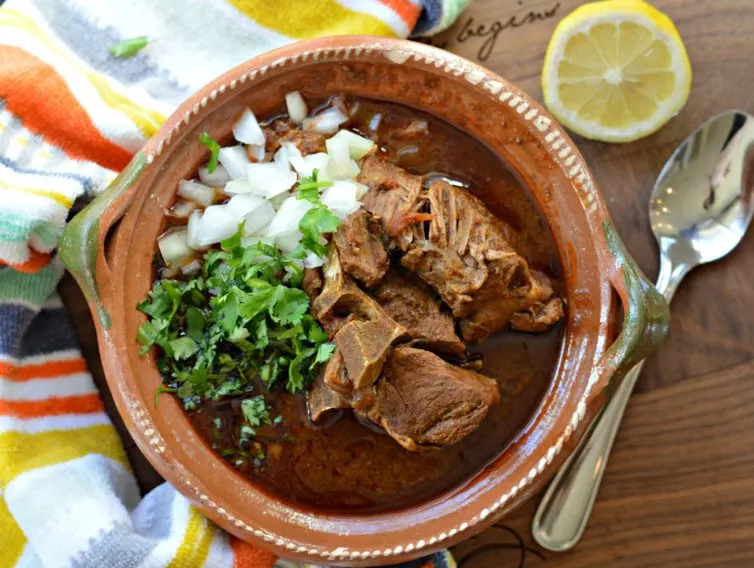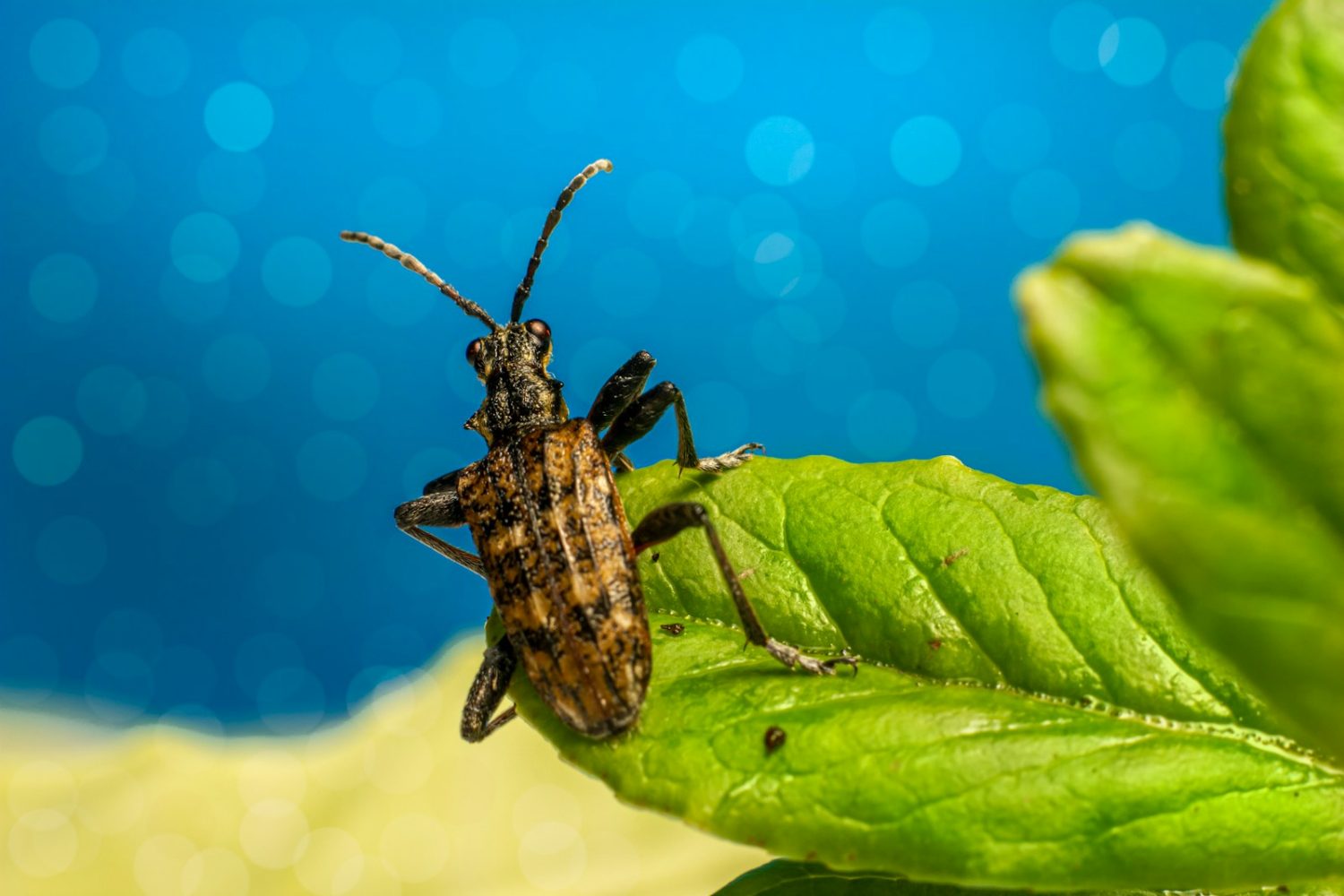Upside Down Garden
An upside down garden is not only a great idea but it works wonders too. Now you don’t need to be an expert in growing a garden, neither will you need to do a lot of hard work to get a decorative and great looking garden. All you need are hanging garden planters and you … Read more


